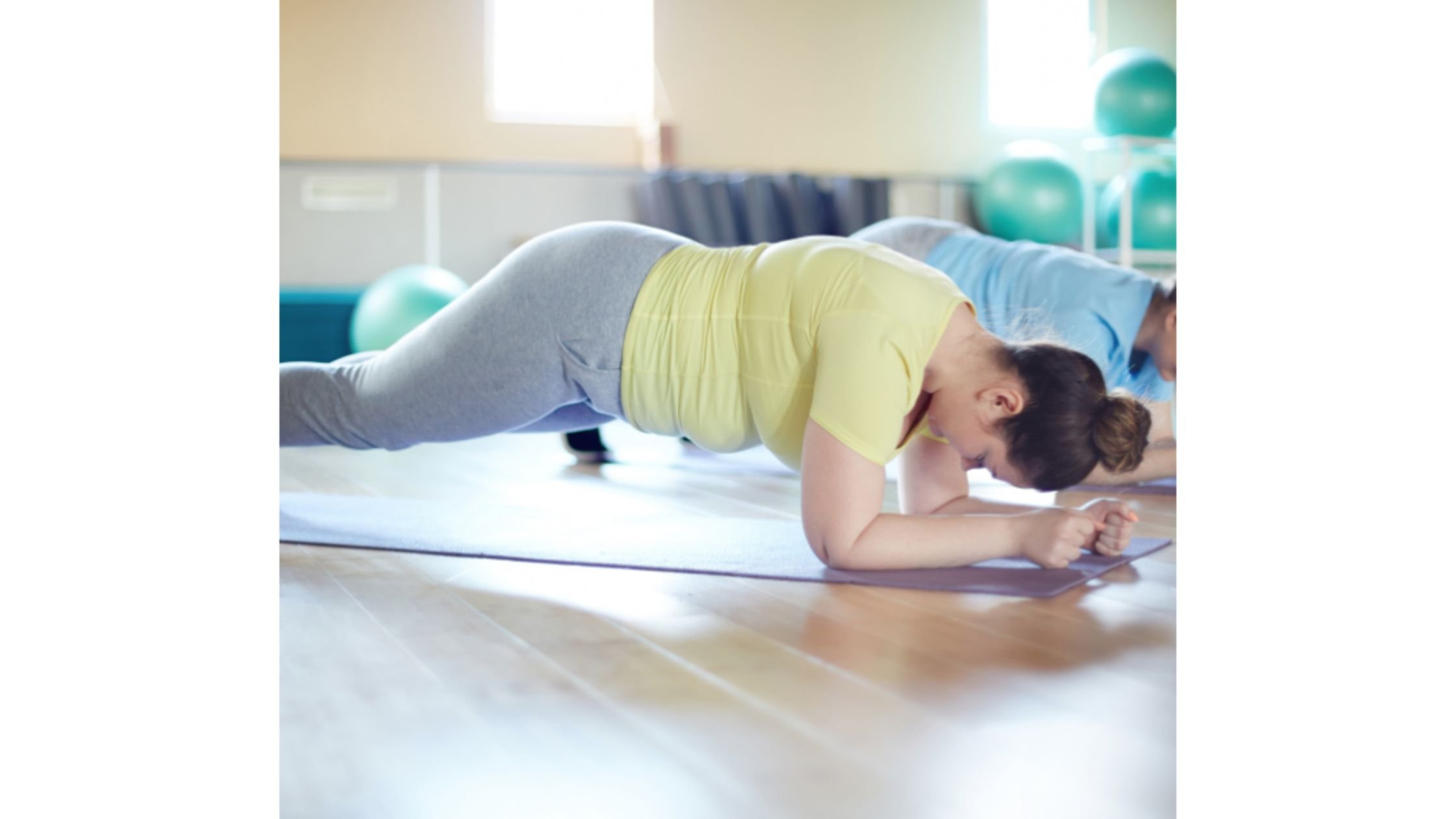What is the best workout for back pain?
What is the best workout for back pain?
It’s estimated that up to 85 percent of us will suffer lower back pain in our lifetime – but there’s hope for us yet. Scientists have identified opportunities to curtail the soaring cases of lower back pain caused by our increasingly sedentary lifestyles – and one specific workout could be the answer.
New research has revealed how targeted core training that uses neuromuscular control strategies to maintain dynamic trunk stability could be key to managing lower back pain.
These findings come after an 8-week study followed two groups of individuals with a history of lower back pain. The first group did not exercise, while the second group did workouts designed to enhance core strength, stability, and endurance.
New research to managing back pain
Measuring muscle activity by recording pre- and post-workout levels of surface EMG, the research team analyzed trunk muscle activity patterns, strength, and back extensor endurance – an important indicator of how long lower back muscles can function before becoming fatigued.
While those who didn't do the exercise saw no changes, those who did the core workouts increased plank endurance by 45 percent, extensor endurance by 35 percent, and abdominal strength by 14 percent.
“The results suggest a relatively short exercise intervention can yield marked improvements in strength, which is significant because muscle weakness is a significant contributor to lower back pain. If a muscle has to work beyond its strength or endurance capacity, it is easy to incur an injury,” said Lead Researcher Dr. Gillian Hatfield, an Associate Professor in Kinesiology at Canada's University of the Fraser Valley.
“The fact that people with pre-existing lower back pain saw significant benefits from the core workouts is important. People experiencing lower back pain are often prescribed painkillers and told to ‘rest up,’ but in most cases, motion is lotion.
“Reducing sedentary time helps improve the endurance of the low back muscles, and the increased blood flow and mobility can help reduce pain and stiffness.”
According to Bryce Hastings, Les Mills Head of Research, the growing prevalence of lower back pain often stems from sedentary modern lifestyles and particularly sustained periods of sitting.
“Many of us spend most of our workday sitting and then come home and sit in the evening.
Even people who get the recommended amount of physical activity can also spend a lot of time being sedentary,” said Hastings.
“When we’re sitting, our postural muscles can get weaker and become less able to support us. If we stay in a slouched position for long periods, our back muscles stretch and prolonged stretching can prevent muscles from firing when we need them to, leading to injury and pain.
Hastings explains that the muscles activated during integrated core training play a vital role in
preventing this.
He adds that a workout like Les Mills Core is a safe, accessible, and effective way for those with a history of lower back pain to increase abdominal strength and endurance, as well as back extensor endurance.
Tips to help manage lower back pain
Bryce Hastings’ top tips to alleviate lower back pain:
1. Protect your posture
Prevention is better than cure, so be sure to protect your posture. Sitting for long periods encourages slouching, so mitigate this by sitting with a slight inward curve in your lower back and be sure to get out of your chair often.
2. Extend yourself
If you start to experience back pain when sitting or bending forwards, try an extension
exercise to balance out the pressure in your discs. Lie on your stomach and gently push up
through your arms to lift your chest while keeping your hips down. Hold for a couple of seconds and go back down again – repeat 10 times.
3. Core principles
Stabilize your back with core-focused exercises. Squats and deadlifts (even with just
body weight) are great stability exercises. Remember to keep a slight inward curve in your
lower back as you do them. If you suffer from lower back pain, always consult your
physician before embarking on a new training regime.
4. Take a stand
I’m often amazed by the number of people who sit all day at work, then sit when they
exercise at the gym. While exercises like cycling and rowing are great for cardio, make
sure you include some integrated exercises (squats, deadlifts, hovers, etc...) to keep your
postural mechanisms in tune.
5. Follow the science
Put these research findings into action and give Les Mills Core a try. All the moves in this
science-backed workout have options, so no matter what your starting point is, you’ll be
able to reap the benefits.



